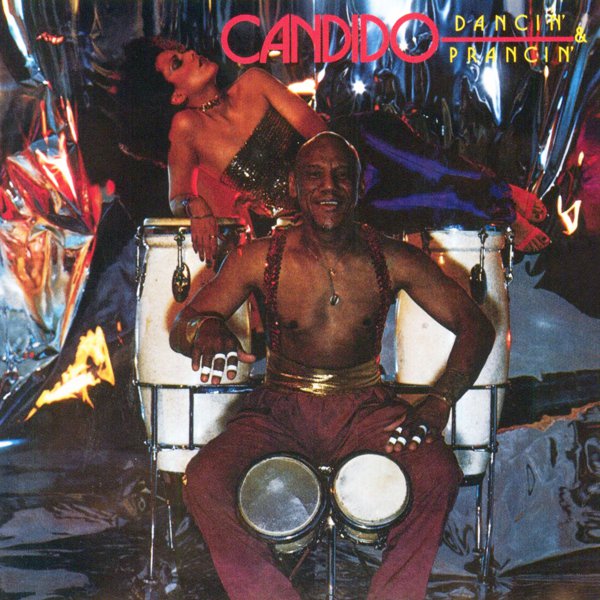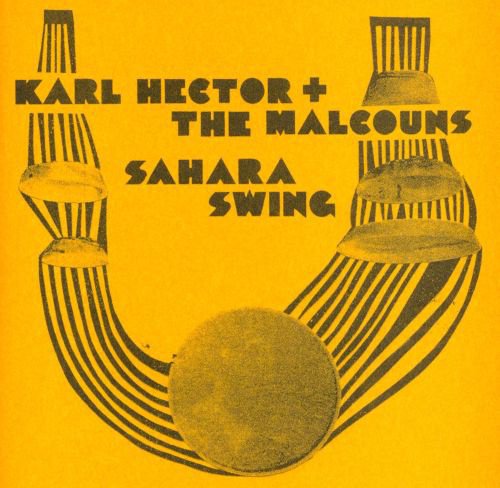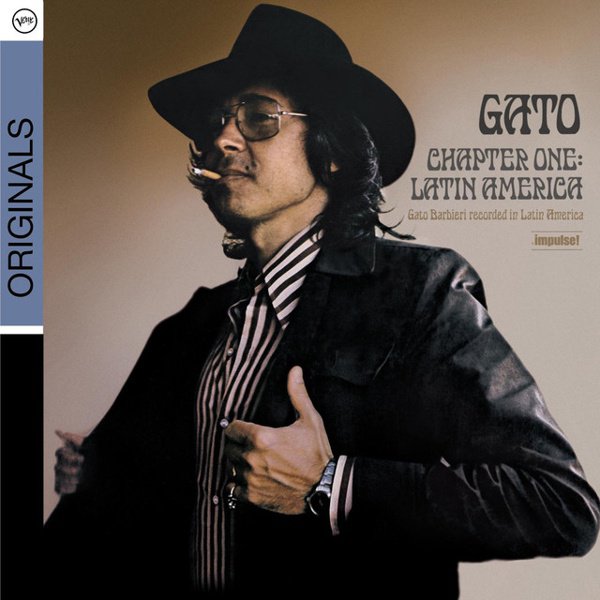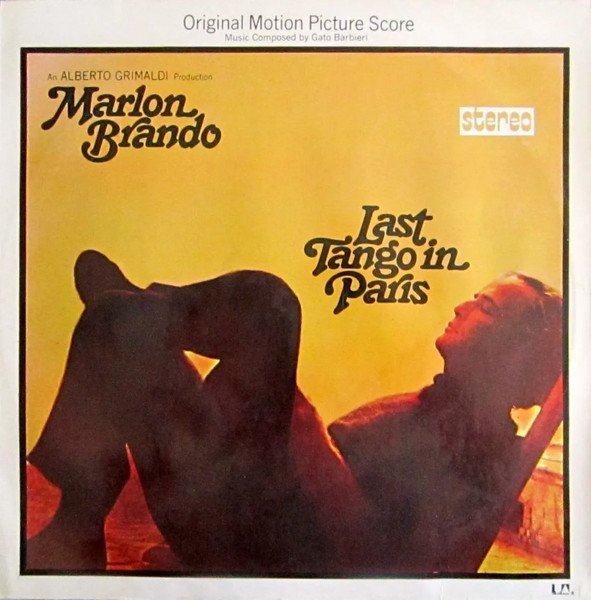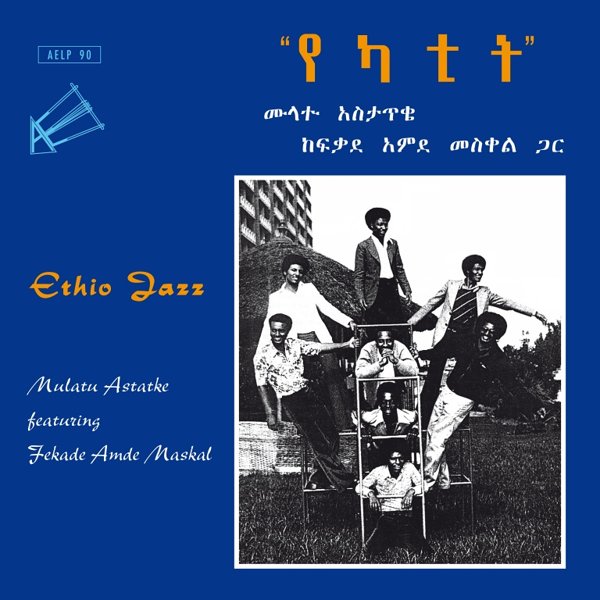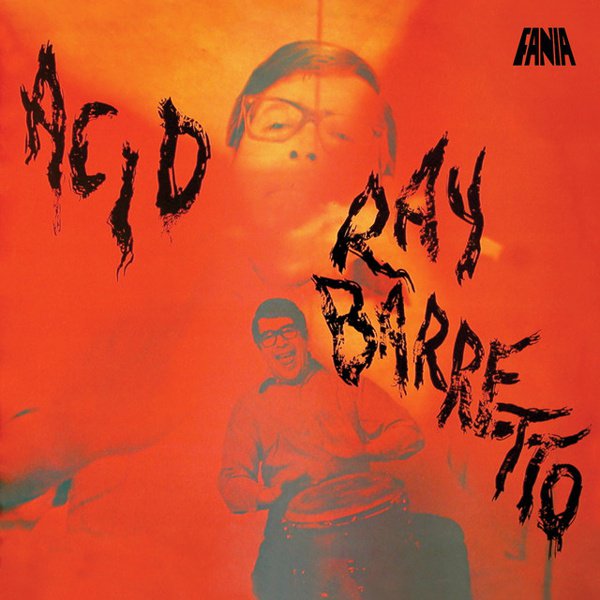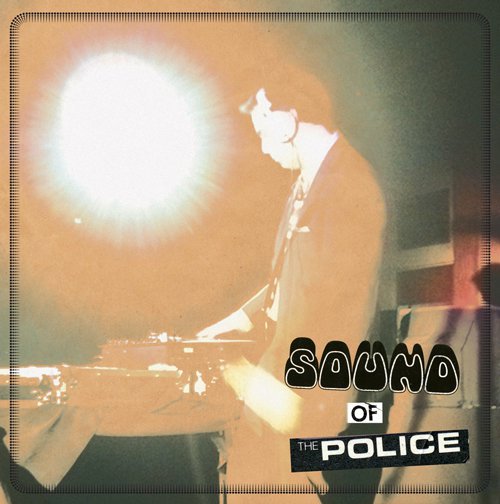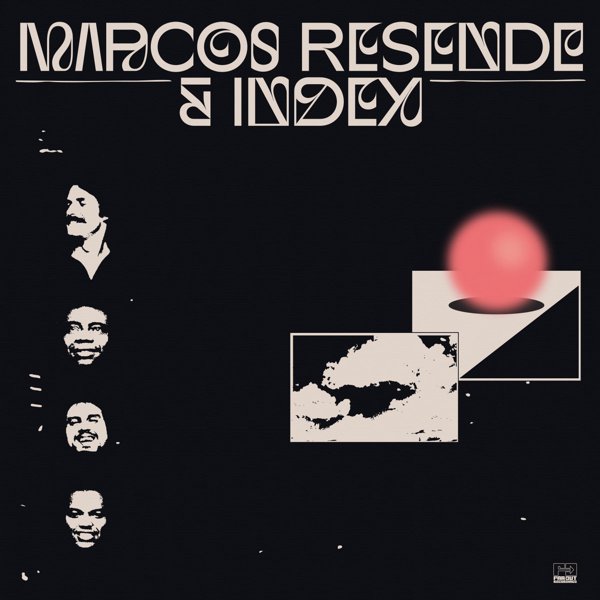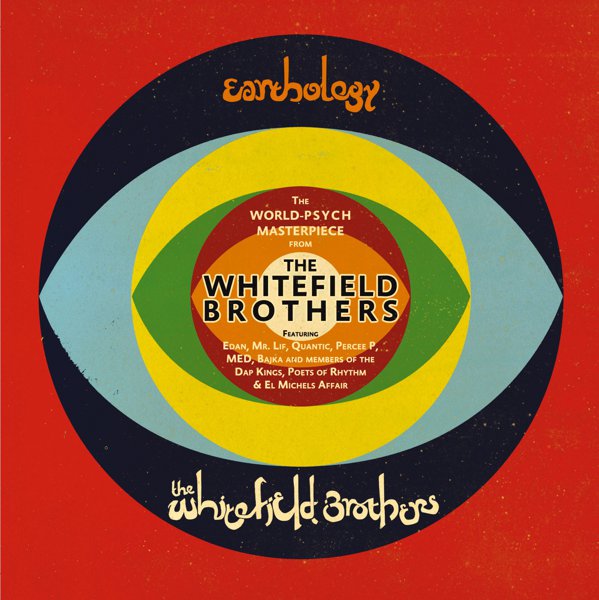
Recommended by
Afro-Latin Soul
By the 1970s, Mulatu Astatke was a leading light in Ethiopian music, merging the traditional and contemporary sounds of his homeland with international jazz influences to establish a sound now called Ethio-jazz. But if you want a fascinating insight into just how he got to that point, the music he recorded during a mid-’60s stint in New York City is worth a close listen. The first of two volumes in the Afro-Latin Soul series is his strongest, with the 22-year-old Astatke’s technique on vibraphone already ebullient and expressive in tandem with the conga-and-piano-driven backbone of the modular Quintet-plus that backs him. Astatke’s immersion in NYC’s Latin jazz scene reveals some excellent performances in a proto-salsa vein (“Mulatu’s Hideaway”; “Almaz”), but it’s the handful of selections that point to the melodic richness of his future Ethio-jazz innovations — like the wind-strewn North African tones of “Mascaram Setaba” and “One For Buzayhew” — that hint at the intercontinental innovation to come.

